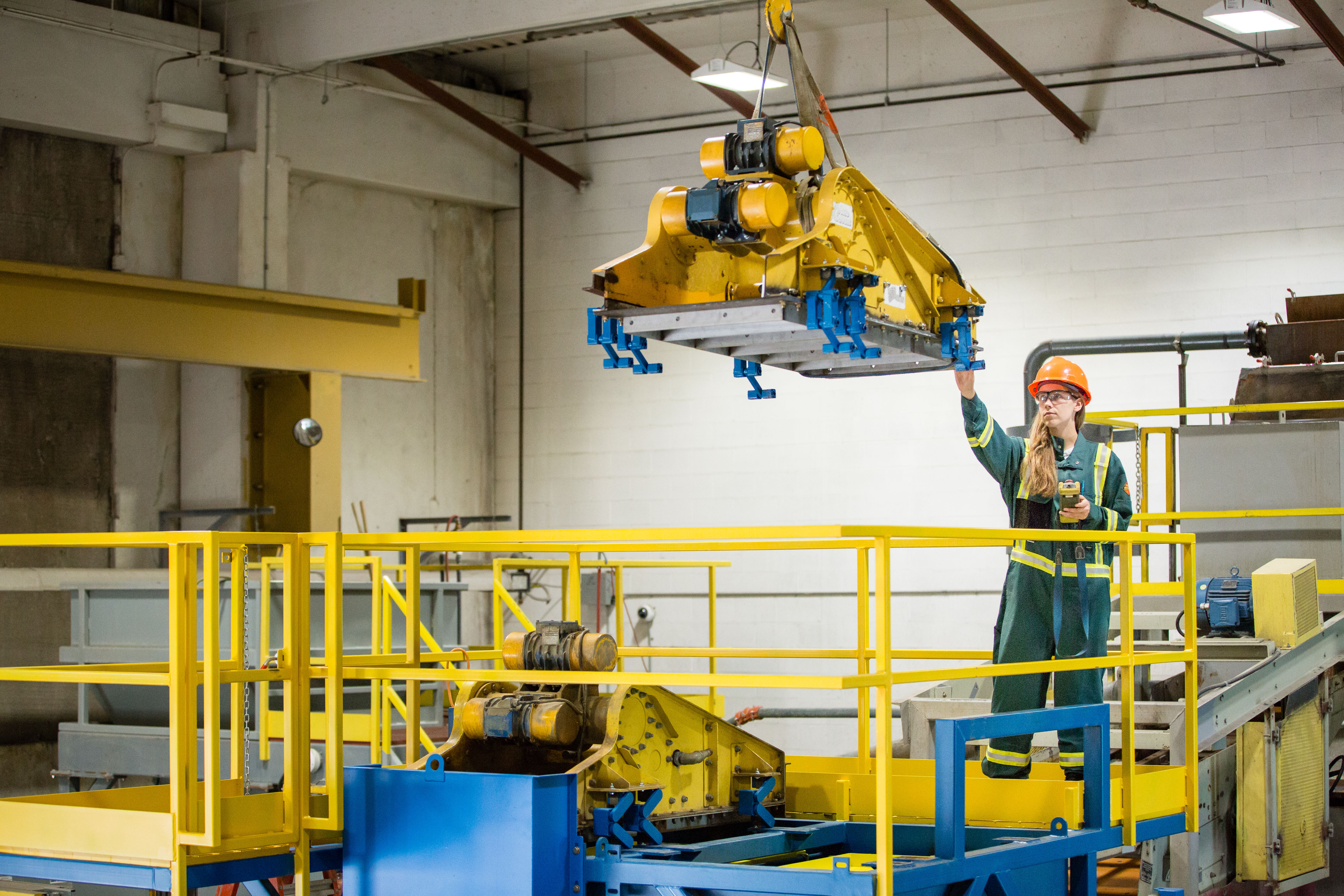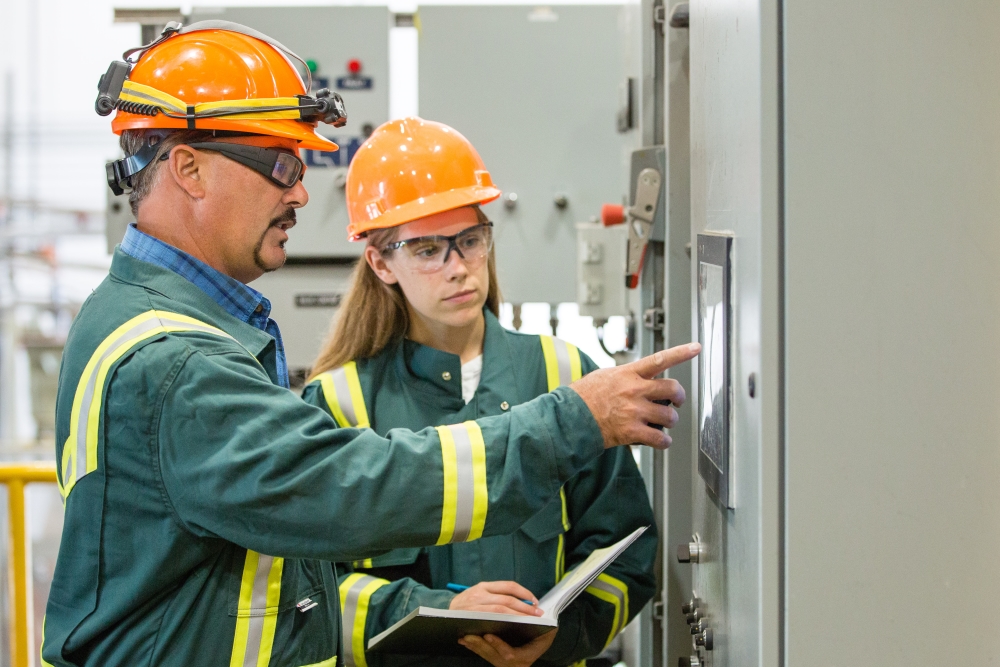
Growing up, a career in science, technology, engineering or math – or STEM – was not something I ever considered. I was the girl who could be found with her nose in a book or writing novels of my own in a corner somewhere. I even started my school’s first debate club. So, when I joined SRC (a research and technology organization fuelled by STEM) seven years ago, it was a whole new experience for me and an opportunity to apply my skills in a new area.
Women are underrepresented in the STEM disciplines, but through my work I’ve learned that Indigenous Peoples are even more under-represented.
The University of Saskatchewan states on their website that “Indigenous students are strongly under-represented among the University’s undergraduate STEM degree programs – four per cent and three per cent in the Colleges of Arts and Science and Engineering, respectively, compared to fourteen per cent in social sciences, and twenty-four per cent in education.”
There are a variety of reasons why Indigenous students are choosing careers other than ones in STEM. But what I have learned through managing SRC’s Aboriginal Mentorship Program (AMP) is that those who have chosen a career in STEM have done so with purpose. I see a passion in our students that often comes from their upbringing or cultural background.
I see students who want to inspire others and make the world a better place.
They even inspire me, someone who would never have considered a career in STEM, to think outside the box and learn more about how STEM can truly change the world.
SRC’s Aboriginal Mentorship Program provides Indigenous students in STEM disciplines the opportunity to work alongside a mentor, who is already working in a STEM career, in a lab, or an office, or with clients or in the field. These hands-on learning opportunities are especially important for those possibly considering a career in the STEM disciplines – and one of the main reasons why SRC began this program just three short years ago.
So how do we encourage Indigenous Peoples to choose STEM careers? We do just that – we encourage them and provide opportunities for students to learn and build their skills. Another way is to show students what a career or education in STEM looks like, in case they’ve never experienced these disciplines before.
With that in mind, read on to hear why three of SRC’s Aboriginal Mentorship Program (AMP) students chose a STEM education and what their careers aspirations are. Each of them have a unique story, which we hope will inspire other Indigenous youth to consider a career and education in STEM.

Chennoa Tracey, mechanical engineering student, amp
Chennoa started with SRC as a fourth year Mechanical Engineering Student in our Aboriginal Mentorship Program. After graduating from the University of Saskatchewan, she worked with SRC's Industrial Engineering team.
Even as a Métis woman, going into STEM wasn’t a stretch for Chennoa since she had role models in her life to look up to who encouraged that career path. “I have a father who is very tech-savvy and a couple of relatives who were engineers before me. I feel like they were my role models and helped me decide what I wanted for myself. I could see exactly what they did and I could see how what they did affected the world around them.”
Chennoa says the AMP program provided her with a great network, particularly with other Indigenous students studying STEM. “Being able to identify and see other Indigenous people can motivate other Indigenous students, especially since we are not very high numbers in the workforce, especially in STEM.”
Read more about Chennoa's experience in AMP.
Tyler Posch, Chemical Engineering Summer Student, AMP
Tyler has been with the AMP program for two years now with SRC’s Minerals team. In that time, he’s been able to work on uranium processing projects from start to finish and sees the advancement of technology as a big driver around why Indigenous students might choose a career in STEM. “Technology is advancing and it is making people’s lives easier. It is important not only for Indigenous students, but for everyone, to focus on the environmental impacts that different processes have.”
Tyler is the first member of his immediate family to attend University and went to great lengths to get where he is today. “I went back to high school when I was 23 and upgraded all my grade 12 classes and decided I was going to start the journey [to be an engineer] and now I am a year away from graduating and being a chemical engineer.”
Ashley Carlson, Environmental Science Summer Student, AMP
Ashley Carlson is an Environmental Science student in our AMP program. She spent her childhood living on a lake and in the boreal forest, which spurred on an interest in the outdoors. For her, a career in STEM just felt like the right fit. “It is important to pursue an education or career in STEM because we need to fill the positions that make so many decisions in our lives and I really think that if we want to make a change in our communities or in the world in general, it really has to start with ourselves.”
Ashley, much like Chennoa, has especially enjoyed getting to know the other students in the program. “Working with other Indigenous students in the STEM field is really inspiring because I didn’t think there was as much and it’s just nice to know that we are taking a role in these types of places.”
For more information about SRC's Aboriginal Mentorship Program, visit www.src.sk.ca/amp.
SRC was named one of the Best Workplaces for Inclusion for 2018 by Great Place to WorkTM. Our goal is to create an environment where all employees feel safe and supported, with equal opportunities to contribute and succeed.
